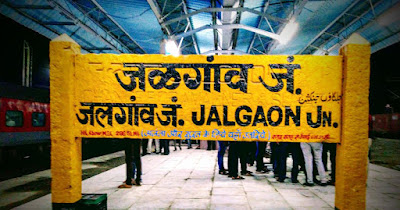Reproductive Health
Last fortnight, officials at a hostel in Bhuj checked residents so those who had their periods could be isolated. Such attitudes perpetuate gender inequalities.
Representational image. | David Talukdar/AFP
Argentina Matavel Piccin
Feb 22. 2020
Menstruation is a natural and essential part of a woman’s reproductive cycle. Without it, men, boys, women, girls would not exist. Yet, it is surrounded by myths, misconceptions and taboo.
Stigma related to menstruation reinforces discrimination and perpetuates gender inequalities. And while we know that these attitudes still prevail in some homes and communities, it is shocking to learn that educational institutions and leaders – those that are expected to bearers of light – still adopt extreme forms of shaming and blaming.
A United Nations Population Fund-commissioned photo essay in 2017 on girls’ experiences around menarche, the first occurrence of menstruation, revealed harmful practices girls are subjected to in many parts of India: Prohibition from entering the kitchen or the prayer room, being made to stay outside the house, being forced to eat in separate utensils, or not being allowed to touch certain kinds of food because they could get spoilt. These social norms isolate girls from friends and family, in turn impacting their reproductive and mental health.
Girls start considering themselves to be “impure” and “unclean” during their periods. And their trauma doesn’t end there: inadequate access to clean water, sanitation, affordable menstrual management means, and privacy, all serve to reinforce the stigma. They experience shame, fear and embarrassment. And as they grow up to be women, they internalise these gender inequitable values.
Adding to their woes, in some parts of world, including South Asia, puberty and especially menarche, are considered to signal that girls are ready for marriage and motherhood. In such contexts, parents may view child and early marriages as viable options to control girls’ sexuality or to protect against fears related to the “family’s honour”.
Read full article: scrollin
Last fortnight, officials at a hostel in Bhuj checked residents so those who had their periods could be isolated. Such attitudes perpetuate gender inequalities.
Representational image. | David Talukdar/AFP
Argentina Matavel Piccin
Feb 22. 2020
Menstruation is a natural and essential part of a woman’s reproductive cycle. Without it, men, boys, women, girls would not exist. Yet, it is surrounded by myths, misconceptions and taboo.
Stigma related to menstruation reinforces discrimination and perpetuates gender inequalities. And while we know that these attitudes still prevail in some homes and communities, it is shocking to learn that educational institutions and leaders – those that are expected to bearers of light – still adopt extreme forms of shaming and blaming.
A United Nations Population Fund-commissioned photo essay in 2017 on girls’ experiences around menarche, the first occurrence of menstruation, revealed harmful practices girls are subjected to in many parts of India: Prohibition from entering the kitchen or the prayer room, being made to stay outside the house, being forced to eat in separate utensils, or not being allowed to touch certain kinds of food because they could get spoilt. These social norms isolate girls from friends and family, in turn impacting their reproductive and mental health.
Girls start considering themselves to be “impure” and “unclean” during their periods. And their trauma doesn’t end there: inadequate access to clean water, sanitation, affordable menstrual management means, and privacy, all serve to reinforce the stigma. They experience shame, fear and embarrassment. And as they grow up to be women, they internalise these gender inequitable values.
Adding to their woes, in some parts of world, including South Asia, puberty and especially menarche, are considered to signal that girls are ready for marriage and motherhood. In such contexts, parents may view child and early marriages as viable options to control girls’ sexuality or to protect against fears related to the “family’s honour”.
...............
Read full article: scrollin






